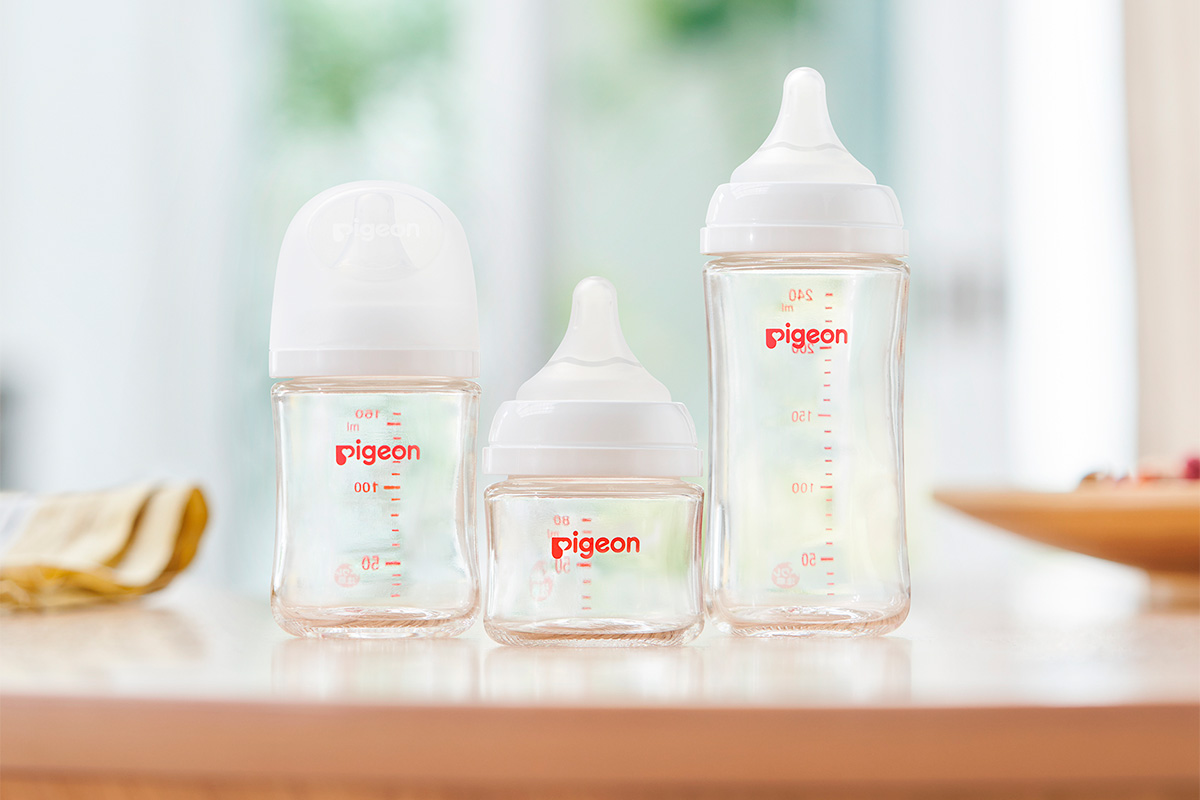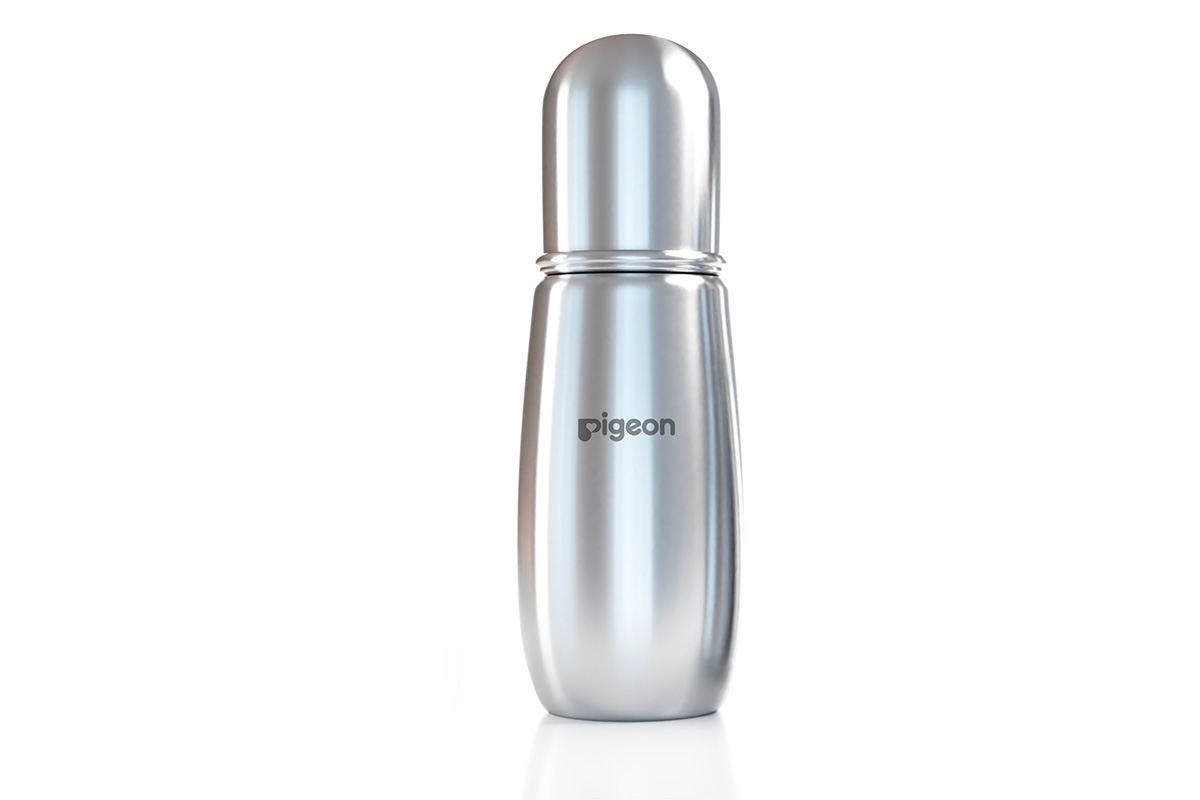Leading the charge: Pigeon Corporation's global expansion and innovation in baby care and hygiene

Japanese manufacturing is at an exciting time. In the past three years, it has faced significant challenges caused by COVID-19 and the US-China decoupling situation. As a result, several customers are seeking to ensure reliability. Consequently, Japanese firms such as Pigeon, renowned for their advanced technology, reliability, and high-quality products, find themselves in an interesting position. Observers argue that the weakened Japanese yen presents a highly unique opportunity. Do you agree with this sentiment? Furthermore, what advantages do Japanese companies possess in the current macro environment?
In many industries, I believe that Japanese companies are still competitive globally in materials development. On the other hand, they face a relatively large number of challenges relating to marketing once products have been created. In that context, I believe that we will be able to harness Japan’s material development strengths and work with partners to create unique materials specifically for our product manufacturing. In terms of marketing challenges, the global nature of our business is a strength for us. We are releasing products that meet the requirements of customers in a range of countries.
The Galapagos effect in the consumer electronics market refers to the phenomenon where international consumers struggle to comprehend Japanese products despite their excellent quality and advanced technologies. However, your company has successfully targeted overseas consumers by providing country-specific solutions for many years. How have you managed to overcome this challenge and cater to market-specific demands? As a Japanese company, how do you avoid the Galapagos effect?
I fully agree that certain Japanese companies face challenges when it comes to implementing effective marketing strategies to promote their products successfully overseas. Several years ago, Pigeon divided its organization into four business units—our China Business, our Japan Business, our Singapore Business, and our Lansinoh Business—and we continue to delegate authority as we grow our operations globally. This is because products must be developed and marketed to suit the consumers in each country or region. Even when the product itself is identical, each country or region requires its own methods of communication. Developing and executing strategies on a per-region basis allows us to adapt to individual markets, and I believe this is one of our strengths.
Your nursing bottles feature wide necks for easy filling and cleaning, soft silicone nipples, and system to reduce air intake while feeding. How are your nursing bottles superior to other conventional products on the market? Why should parents invest in these products?
Our nursing bottles are developed with the aim of supporting breastfeeding. We also pay close attention to cultural factors in different countries and regions. Breastfeeding has many benefits for babies and their mothers, but for various reasons it is not always possible. There are also many mothers who use both direct breastfeeding and bottle feeding. This can sometimes cause a problem known as “nipple confusion.”* To avoid interfering with breastfeeding in this way, Pigeon set itself the objective of creating nursing bottles that babies can suck as they do in breastfeeding and has pursued research to this end for many years, allowing us to provide a range of solutions. The challenge remains daunting, but we will continue to seek further improvement through these research efforts.

Pigeon’s Nursing Bottle SofTouch III Series
One example of an approach tailored to a specific country or region is the stainless steel nursing bottle we sell in India. This was developed specifically for India after we recognized the preference in that country for stainless steel tableware.

Pigeon’s Stainless Steel Nursing Bottle in India
* Nipple confusion:
It is generally said that repeatedly alternating between the mother’s nipple and an artificial nipple may bring confusion to the baby’s oral response.*1 If this occurs, a baby who has been directly breastfed may refuse to drink from a nursing bottle, and a baby who has been bottle-fed may have difficulty going back to direct breastfeeding, making it difficult to nurse appropriately.
*1 WHO&UNICEF, IMPLEMENTATION GUIDANCE Protecting, promoting and supporting breastfeeding in facilities providing maternity and newborn services: the revised BABY-FRIENDLY HOSPITAL INITIATIVE 2018
Is international partnership and collaboration an area of interest for Pigeon?
We believe that collaborations with other companies are important, including partnerships to sell jointly developed products with retailers.
Through these initiatives, we aim to bring Pigeon Group products to multiple new regions, expanding our business and improving our presence.
Some of your products, such as skin care items, have direct contact with a baby's skin. Skin types vary globally across regions, with Asian skin aging slower due to a thicker dermis. However, it is more susceptible to scarring and increased sensitivity due to a thinner stratum corneum, distinguishing it from European and American skin. Moreover, baby skin is widely acknowledged for its delicateness and high sensitivity. How do you ensure that your skincare products cater to diverse skin types worldwide while also considering the sensitivity of baby skin?
Baby skin varies around the world, and its condition changes with both developmental stage and regional factors like climate and way of life. One commonality amid the diversity seen in baby skin is that its barrier function is still immature. What we view as important for our baby skincare products is that barrier function. We strive to offer products that are appropriate for and readily usable in a range of individual climates and lifestyles, all offering strong barrier function support.
For example, baby lotion must be adapted to each market. In Japan, there is a relative preference for clear lotions. In other countries, milky lotions are preferred.
We also give due consideration to the preferences evident in each country’s skincare products, along with traditional skincare methods.
Fragrance is another issue where close scrutiny is required. Japanese consumers prefer baby skincare products to be fragrance-free, but in southeast Asia, strongly fragrant baby skincare products are preferred. To create superior products that meet the needs of the market, we engage sincerely with the task of grasping each market’s individual needs.
In terms of product development, our research laboratory in China has developed techniques for creating an artificial baby skin model from iPS cells, and that will allow us to confirm safety of the skincare products and measure their effectiveness.
This year, you began implementing your 8th Midterm Business Plan, which will last until December 2025. Its key targets include sustained growth in existing businesses, exploring and cultivating new ones, strengthening or sharpening the brand distinctiveness of Pigeon, setting sales targets across a few different regions, and making the world a more baby-friendly place. How will you ensure that your 8th Midterm Plan is a success?
It has only been half a year since this Midterm Business Plan began, so I am unable to offer specific figures at this stage, but at this half-year mark I feel that things are progressing as planned.
Are there any products or upcoming product launches in the midterm that you find exciting?
Our midterm plan is premised on the goal of reinforcing our presence in existing domains and expanding into new domains amid falling birth figures globally. We have plans to expand our product development to target young children as well as babies. In China, we released a skincare series for children aged three and older at the end of last year, and sales are growing steadily.
Our line of postpartum care products from Lansinoh, one of our group companies, launched two years ago is growing nicely, with sales up 50% compared to last year. We have introduced postpartum care products in Japan, too. They are not yet available at all retailers, but they can be found at more than 1,800 stores, and sales have begun to grow.
In short, under this midterm plan, along with products for babies and aged-up products for a broader range of target ages, we are reinforcing our lineup with offerings for mothers such as postpartum care products. Additionally, in Japan, we are reviewing our existing range of health and elder care products and plan to reinforce it in the future.
Moving forward, are there any countries or regions you have identified as key for the growth of your business? What strategies will you employ in order to achieve that?
We are already expanding our businesses in core countries. To begin with, it will be important to grow our market share with a diverse range of products. Meanwhile, there are as yet unexplored opportunities in countries and regions we have not entered yet, such as Bangladesh and Africa. This year, we began exploring the possibility of establishing a new company in Africa as part of our expansion plans.
Your brand is more of a premium baby care brand. With the growing middle class in countries like Brazil, India, or Southeast Asia, affecting the ability for consumer spending and demanding more high-quality sectors, there is a significant potential for your business. How do you determine which countries to target specifically?
Our criteria for determining which countries to target include elements such as annual births and trends in regional income levels. When per-capita GDP rises above $3,000, I believe that the possibility of becoming a target market rises.
Imagine we come back on the very last day of your presidency to have this interview all over again. Is there a personal goal or ambition you would like to achieve by then?
My greatest hope, and the most important thing, is for our employees to be united and facing the same direction, above and beyond simple numerical goals. Our business has a strong element of social contribution, and it is important for individual employees to share the same goals in their activities if we are to create the society we aim to. As a result, our output takes the form not only of financial results but also of social contributions, which do not appear in those results. I would like to make that value more evident going forward. There is no need for concern. If we continue to do good things for society, the numbers will follow.
0 COMMENTS